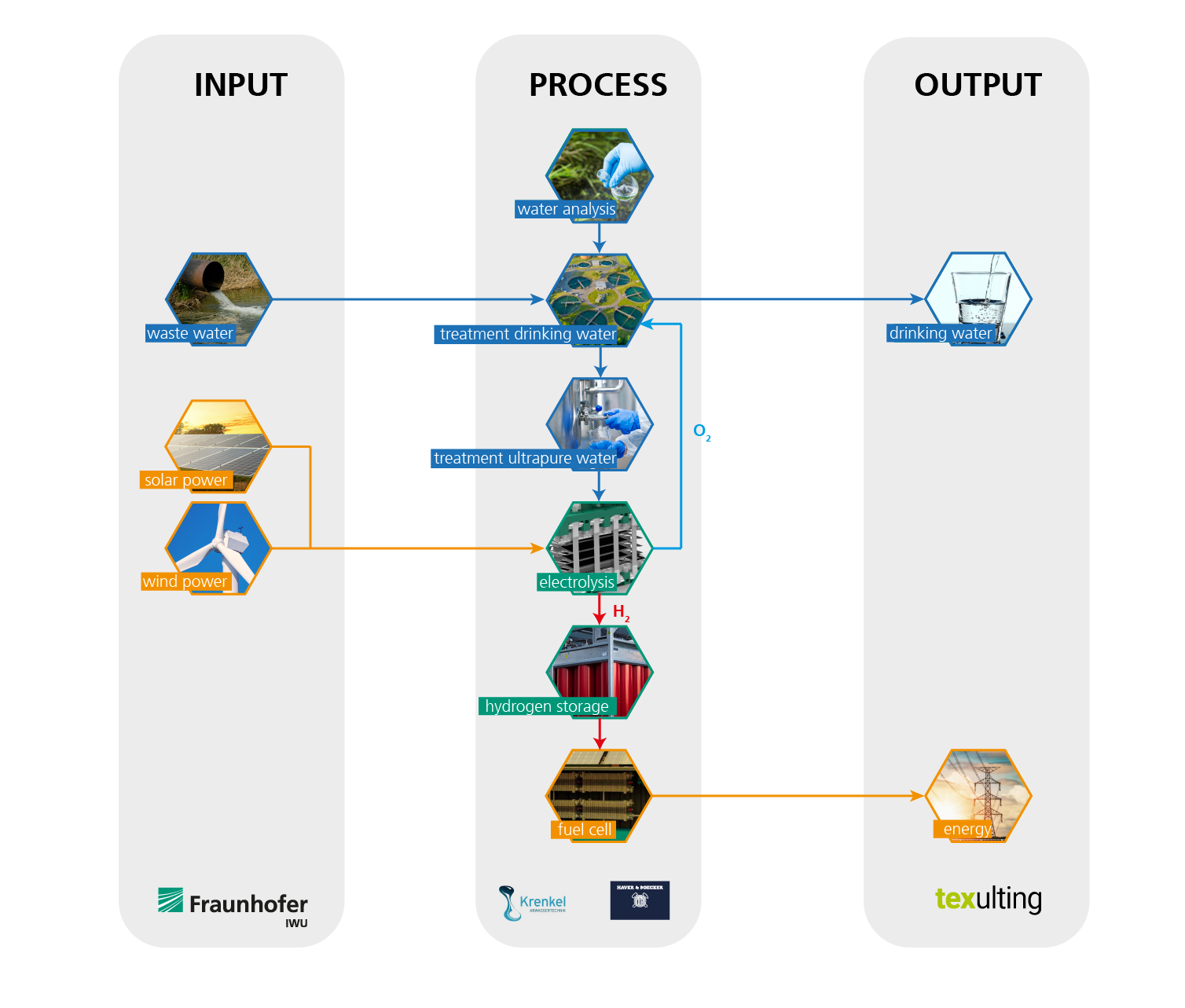Have any questions?
+44 1234 567 890
About HygO
Creating microgrids that are robust and effective and can be used flexibly for different application scenarios is a solution for the energy transition. At the same time, their scalability must allow the system to “grow along”with increasing demand. The most important aspect, however, is to ensure economic production that guarantees cost parity with the current fossil alternatives. In this way, the basis can be created that will ultimately lead to a market ramp-up of hydrogen-based microgrids and ultimately to acceptance by the population. Furthermore, the branding “Made in Germany”, which continues to be regarded worldwide as a seal of quality and innovation both for classic export goodsof mechanical and plant engineering and increasingly for GreenTech products, is to be used to establish a Hydrogen & Oxygen Biotope Namibia for microgrids in Namibia. The central component is a microgrid in which an electrolyser for hydrogen production and a fuel cell stack for reverse power generation are compactly combined.
The microgrid was designed from the outset with a closed water cycle for reasons of resource efficiency. This means that if the microgrid is filled once with clean deionised water, this becomes hydrogen in the electrolysis process, which is later turned back into water in the fuel cell stack with the addition of atmospheric oxygen. This is then fed back into the electrolysis process, thus closing the energy generation-water cycle.Clean drinking water is generally scarce in Namibia and Africa and is therefore a very valuable resource. It is reluctantly used in technical processes, as this is often socially unacceptable. In contrast, polluted water, so-called “dirty water”, is much more common and also available in sufficiently high quantities. For this reason, the oxygen released during electrolysis, combined with other filter technologies, is to be used to treat drinking water from dirty water. The addition of oxygen, the “waste product”of electrolysis, causes bacteria in dirty water to multiply in general. They thus become active and promote water purification, e.g. by destroying carbon and other pollutant particles.
The project addresses the following Social Development Goals:
-
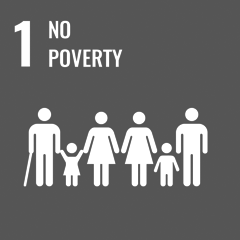
-
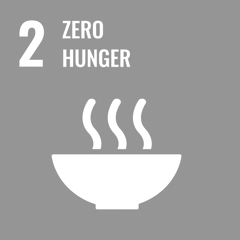
-
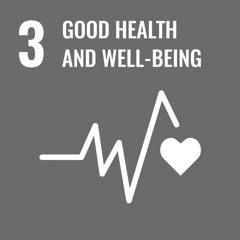
-
 Ensure inclusive, equitable and quality education and promote lifelong learning opportunities for all, including addressing schools through the use of the microgrid as an energy supplier and technology demonstrator
Ensure inclusive, equitable and quality education and promote lifelong learning opportunities for all, including addressing schools through the use of the microgrid as an energy supplier and technology demonstrator -
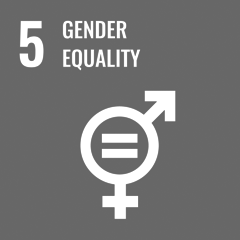
-
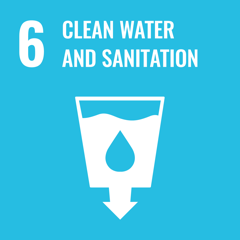 Ensure availability and sustainable management of water and sanitation for all: direct objective of technological developments
Ensure availability and sustainable management of water and sanitation for all: direct objective of technological developments -
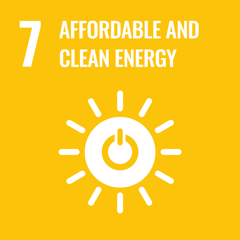 harnessing solar energy, ensuring access to affordable, reliable, sustainable and timely energy for all: Decentralised and self-sufficient energy supply through microgrids
harnessing solar energy, ensuring access to affordable, reliable, sustainable and timely energy for all: Decentralised and self-sufficient energy supply through microgrids -
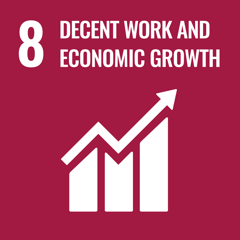 Promoting sustainable, inclusive and sustainable economic growth, full and productive employment, and decent work for all
Promoting sustainable, inclusive and sustainable economic growth, full and productive employment, and decent work for all -
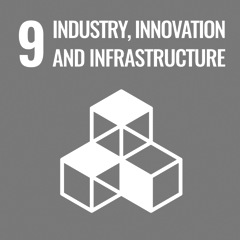
-

-
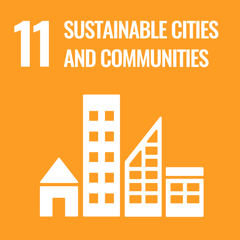 Making cities and settlements inclusive, safe, resilient and sustainable: Providing electricity and drinking water regardless of geographic location or level of development
Making cities and settlements inclusive, safe, resilient and sustainable: Providing electricity and drinking water regardless of geographic location or level of development -
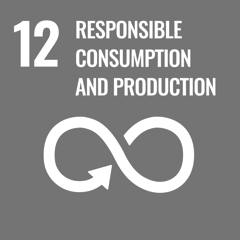
-
 eliminating diesel generators currently in use
eliminating diesel generators currently in use -
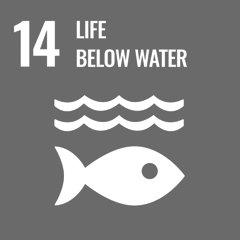
-

-

-
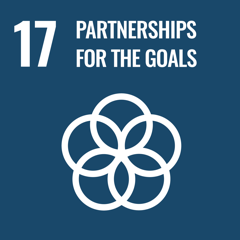 close cooperation between Germany, Namibia and South Africa as well as other international partners
close cooperation between Germany, Namibia and South Africa as well as other international partners -
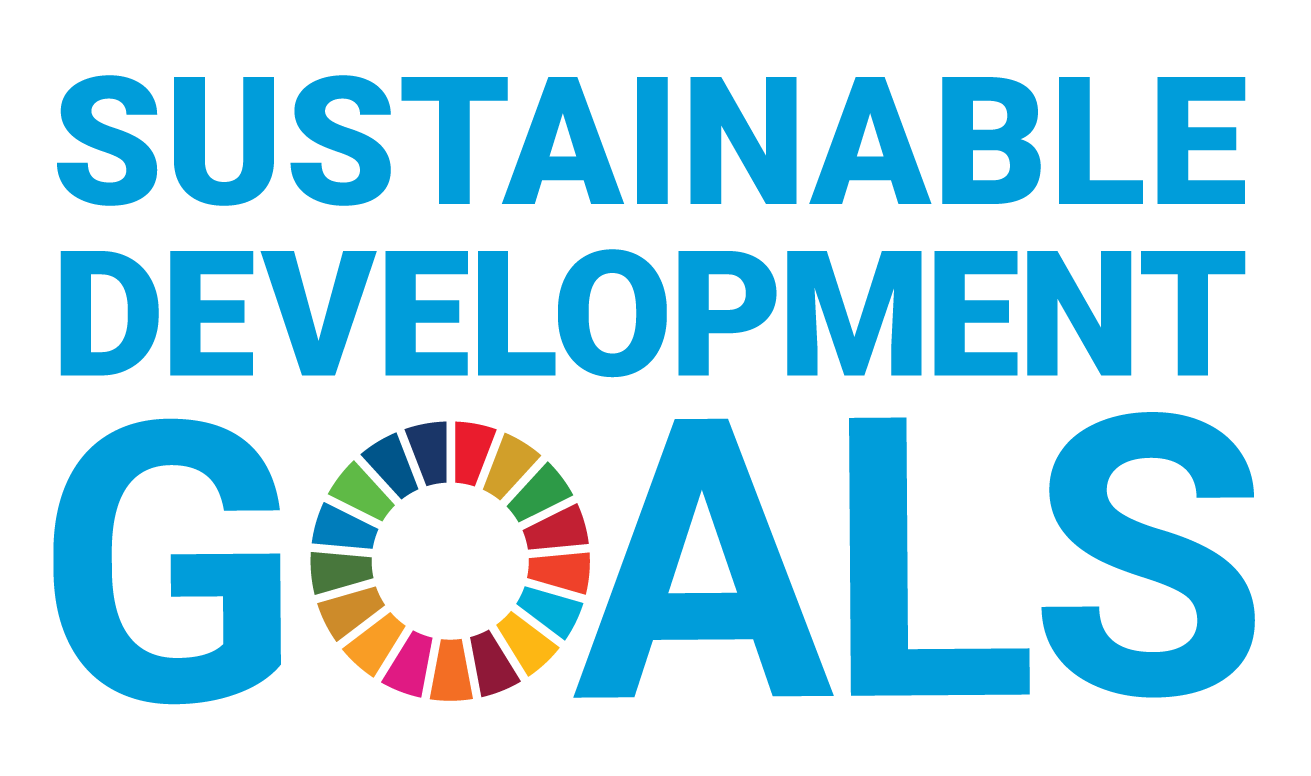
How it works
